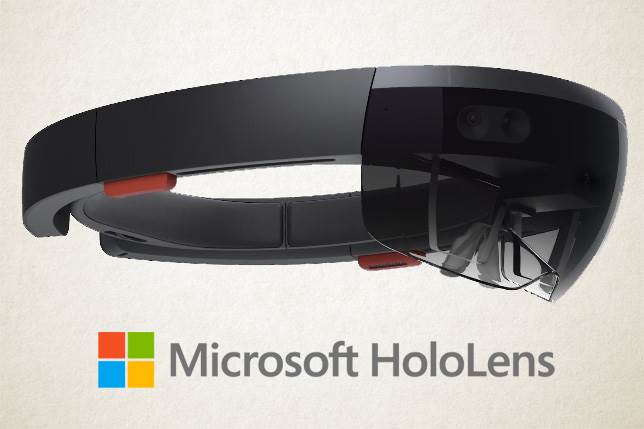A new Microsoft patent suggests that HoloLens may soon help users suffering from bouts of absent-mindedness when they lose their wallets or phones.
Few things are as frustrating as trying to find a misplaced phone, car keys or wallet before heading out to an appointment or going to work. Microsoft may help make it a thing of the past with a new object-tracking patent from the Redmond, Wash. technology giant.
Spotted by MSPoweruser, patent application 20160373570 describes an augmented-reality (AR) system that can help users find items by tracking video feeds from individuals or groups.
For example, the technology can help zero in on a remote that was repositioned by another member of a household. In a business setting, it’s conceivable that teams of technicians can keep better track of tools and other diagnostic devices, reducing the time it takes to make repairs or service industrial equipment.
The patent filing states: “Video data from the image sensors may be processed to detect objects in the user’s environment and to identify tracked objects in the video data. State information, such as location and other characteristics of tracked objects, may then be stored. This may allow for the output of an alert regarding the state of a tracked object upon detection of an alert trigger, such as a user request or a contextual clue.”
Cortana May Be Adding Her Services
In short, it may one day be possible for users to ask Cortana, Microsoft’s voice-enabled virtual assistant, to locate their wallets. After processing the request, the system could draw attention to its location by visually pinpointing the item.
The application also describes a see-through “head-mounted mobile display device” that enables users to track their possessions. Although the filing does not expressly mention it, Microsoft already has a device that provides that service.
HoloLens, first announced in early-2015, is Microsoft’s self-contained AR headset. The device contains sensors, including a camera that can record everything in front of it. Since it runs Windows 10, HoloLens also ships with Cortana already built-in. A Development Edition of the hardware is currently available for a $3,000 fee.
The industry has high hopes for the budding AR market. New use cases are coming to the fore in retail, health care and entertainment, and sectors such as real estate, financial services and scientific projects are already using forms of AR.
Rosy Outlook for AR in 2017
Earlier this month, IDC published a rosy augmented- and virtual-reality (VR) headset forecast. The technology research firm expects shipments of AR headsets to reach 15 million units by 2020, compared to a mere 100,000 in 2016.
IDC senior research analyst Jitesh Ubrani credits last summer’s mobile AR sensation and Microsoft’s own entry into the market for at least some of the growing interest in AR.
“2016 has been a defining year for AR, as millions of consumers were introduced to Pokémon Go and, on the commercial side, developers and businesses finally got their hands on coveted headsets like Microsoft’s HoloLens,” said Ubrani in a statement.
“AR may just be on track to create a shift in computing significant enough to rival the smartphone. However, the technology is still in its infancy and has a long runway ahead before reaching mass adoption.”

![[World Alzheimer’s Day] Samsung Research Advances Early](https://loginby.com/itnews/wp-content/uploads/2025/09/1758375215_World-Alzheimer’s-Day-Samsung-Research-Advances-Early-238x178.jpg)




